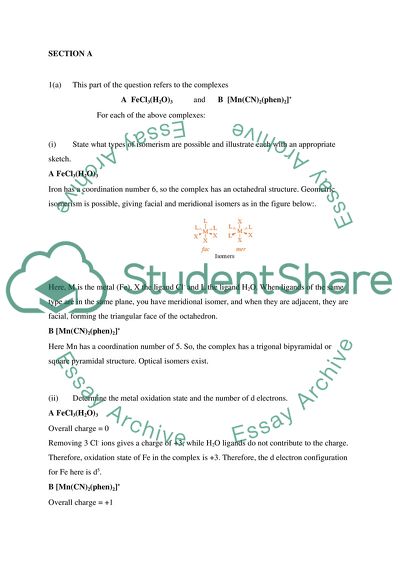Cite this document
(A Foundation Tier Chemistry: Bonding and Structure Assignment, n.d.)
A Foundation Tier Chemistry: Bonding and Structure Assignment. https://studentshare.org/chemistry/1726397-a-levelfoundation-tier-chemistry-bonding-and-structure
A Foundation Tier Chemistry: Bonding and Structure Assignment. https://studentshare.org/chemistry/1726397-a-levelfoundation-tier-chemistry-bonding-and-structure
(A Foundation Tier Chemistry: Bonding and Structure Assignment)
A Foundation Tier Chemistry: Bonding and Structure Assignment. https://studentshare.org/chemistry/1726397-a-levelfoundation-tier-chemistry-bonding-and-structure.
A Foundation Tier Chemistry: Bonding and Structure Assignment. https://studentshare.org/chemistry/1726397-a-levelfoundation-tier-chemistry-bonding-and-structure.
“A Foundation Tier Chemistry: Bonding and Structure Assignment”. https://studentshare.org/chemistry/1726397-a-levelfoundation-tier-chemistry-bonding-and-structure.


